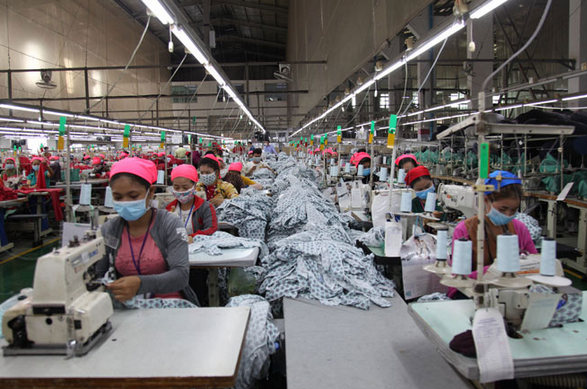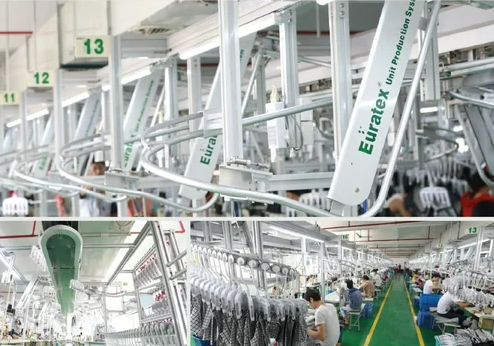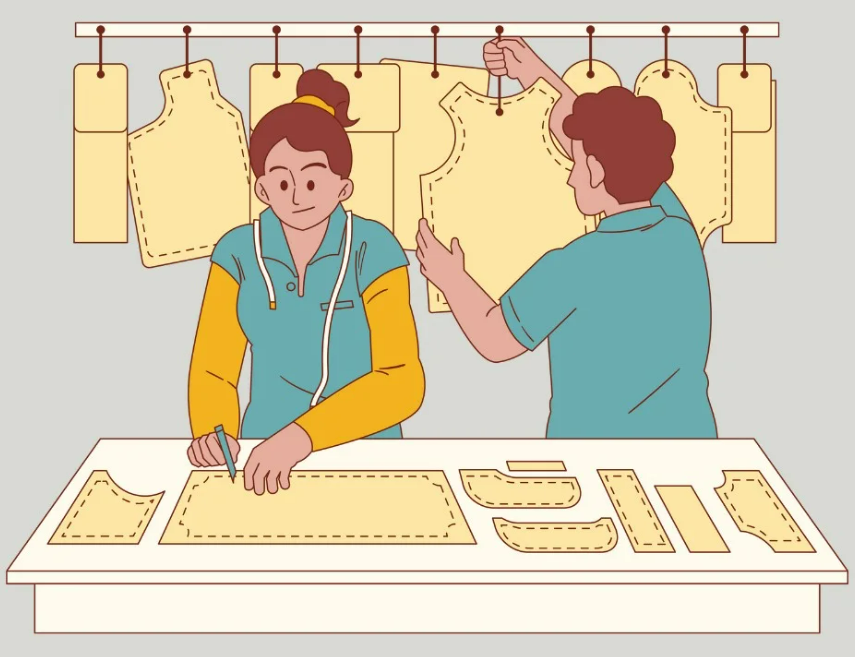The number of workers required to manufacture T – shirts in a garment factory is a variable that depends on multiple factors.
1. Production Scale
Small – scale Garment Factories
Small factories usually have limited equipment and a low level of automation. They might operate more like a traditional workshop. In such a setting, the number of workers could range from 10 to 50. For example, in a family – run garment workshop, workers use simple tools such as hand – operated or basic electric sewing machines. Each worker is often involved in multiple processes from cutting the fabric to sewing and packaging. The production efficiency is relatively low, with a daily output that might vary from a few dozen to a few hundred T – shirts.
Medium – scale Garment Factories
Medium – sized factories are equipped with a certain number of professional equipment, including automatic cutting machines and electric sewing machines. The workforce in these factories generally consists of 50 – 200 people. Workers have clear divisions of labor. There are those responsible for fabric cutting, sewing, printing, quality inspection, and packaging. This specialization of tasks significantly enhances production efficiency. The daily output of such a factory could range from a few hundred to a few thousand T – shirts.
Large – scale Garment Factories
Large factories possess advanced production equipment and highly automated production lines. The number of workers can exceed 200 and may even reach thousands. For instance, a certain well – known garment company’s fully – automated T – shirt production line can be operated by a single worker. However, this only accounts for the direct – operation workers on the production line. When including management, maintenance, and logistics staff, the number is much larger. Some large factories can produce around 800,000 T – shirts a day.

2. Degree of Automation
Low – automation Factories
In traditional garment factories with relatively old – fashioned production equipment and a low degree of automation, most processes rely on manual labor. For example, manual fabric cutting and sewing with foot – operated sewing machines are common. In this case, more time is needed to complete the production of a T – shirt, and consequently, a greater number of workers are required. It might take 5 – 10 workers to collaborate on the various processes such as cutting, sewing, hemming, and button – attaching to produce a single T – shirt.
High – automation Factories
With the development of technology, an increasing number of garment factories have introduced automated equipment and technologies. Automated cutting systems, computer – controlled sewing machines, and intelligent hanging systems can greatly improve production efficiency and reduce the dependence on manual labor. For example, the sewing robots developed by some companies can achieve a production volume per hour with one operator’s guidance that is equivalent to the output of 17 workers using traditional methods. This significantly reduces the number of workers needed on the production line.

3. Complexity of the Product
Simple T – shirts
If the factory is producing ordinary T – shirts with simple styles and without excessive decoration and printing, the production process is relatively straightforward. The number of workers required for a production line from fabric cutting to finished – product packaging might be around 10 – 20.
Complex – style T – shirts
For T – shirts with special designs, multi – colored printing, embroidery, or patchwork, more workers are needed to complete these additional processes. For example, for the production of limited – edition T – shirts of some fashion brands, additional workers for printing, embroidery, and hand – decoration might be needed, and the number of workers could increase to 30 – 50 or more.

4. Skill Level of Workers
Low – skill Workers
If the workers generally have a low skill level, the production efficiency and product quality are difficult to guarantee. More workers might be needed to make up for the lack of efficiency. At the same time, more quality – inspection personnel are required to control the quality, which leads to an overall increase in the number of workers.
High – skill Workers
Skilled and high – level workers can complete production tasks more efficiently and reduce mistakes and the rate of defective products. Therefore, under the same production scale and product requirements, a relatively smaller number of workers is needed.

In conclusion, the number of workers needed to make T – shirts in a garment factory is not a fixed number. It is affected by production scale, automation level, product complexity, and the skill level of workers. A comprehensive consideration of these factors is essential for factory managers to optimize the workforce and production efficiency.

